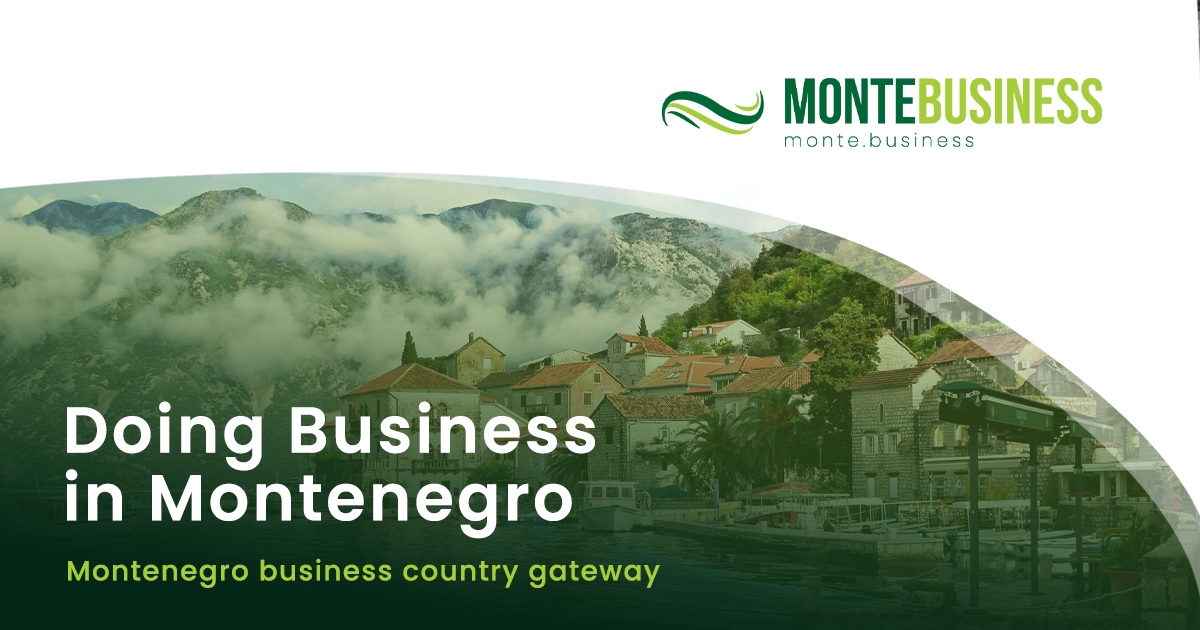Supermarkets in several European countries offer certain food items at more competitive prices than those found locally. The government’s medium-term strategy includes establishing a state-owned enterprise to introduce competition to existing retail chains. For the long term, Prime Minister Spajić aims to attract foreign companies to drive down profit margins. The government will decide in its next session to impose price caps on a broader range of products, following consultations with citizens on which additional items should be included. Prime Minister Milojko Spajić announced this at a press conference yesterday, stating that these measures will be implemented next week.
Spajić emphasized that the “Europe Now 2” program is just the starting point of the broader reforms his government plans to implement. He assured that by the end of his term, the citizens’ standard of living will be significantly higher than anyone could currently imagine. He also strongly criticized retail chains for maintaining high prices, insisting that the government will not tolerate such practices. He pointed out that the most significant price increases occurred under the administration of Dritan Abazović.
“Supermarkets in many European countries offer lower prices on certain food items than we do. Inflation is no longer a major concern, as it was slightly over three percent in July, bringing us close to the EU average. The issue is that prices have already risen so much that even small increases feel significant. These price hikes didn’t occur under this government or during Krivokapić’s administration, but rather during Dritan’s tenure when prices surged by 80 percent. Now, we have to correct this,” Spajić explained, though he also attributed part of the price increases to the war in Ukraine and other geopolitical events.
The government’s medium-term plan involves creating a state-owned company to compete with existing retail chains. In the long run, Spajić mentioned the need to bring in foreign companies to lower high profit margins.
“We need to improve infrastructure because by the time goods reach Montenegro, they are already expensive. The process is insecure, time-consuming, and many products spoil during transport. Our market is small, making it unprofitable to bring in large quantities of goods, so developing infrastructure as soon as possible is crucial,” Spajić stated.
Montenegro’s Singapore vision
Spajić outlined measures his government plans to implement, drawing inspiration from Singapore—a nation that, under the leadership of a single visionary, transformed from one of the poorest to one of the wealthiest countries in the world. He shared that Singapore’s prime minister, whose father led these reforms, revealed three key steps to achieving this transformation.
“There are three key measures that the state must implement, some of which will be visible in the short term, others in the medium term and some in the long term. Singapore’s economic model focused on people, as they had no natural resources. Fortunately, we are not forced to focus solely on people, but my government’s philosophy and mine personally, is always to prioritize people. Natural beauty and land are bonuses, not the primary resource—people are,” Spajić said, adding that this approach will be supported by tax policies that reduce labor costs to 16.2 percent of the average salary.
The second measure focuses on infrastructure, specifically the construction of 18 sections of expressways and highways. The third, long-term measure involves investing in education. Spajić announced that upon completing these projects, travel times across the country will significantly decrease. For example, it will take 38 minutes to reach Andrijevica, 45 minutes to Berane, one hour to Bijelo Polje, Žabljak, and Rožaje, one and a half hours to Pljevlja, 30 minutes to Nikšić, Budva and Bar, and 50 minutes to Herceg Novi. Travel to Belgrade will take three hours, to Sarajevo two and a half hours, to Zagreb five hours, and to Tirana and Pristina one and a half and one hour, respectively.
Addressing speculators
When asked about President Jakov Milatović’s decision to return amendments to the State Property Law to Parliament for reconsideration, Spajić explained that this was part of a package of laws required to secure a €160 million World Bank program. He added that passing laws related to renewable energy, including this law, was a condition set by the World Bank.
“The goal is for the World Bank to recommend Montenegro to investors rather than placing us on their informal blacklists. They are reluctant to recommend us when concession decisions on airports take years to finalize,” Spajić said, adding that rejecting this solution favors speculators who are only interested in short-term profits and then leave Montenegro.
“We need to support those with a long-term vision and low margins. Companies like Lidl or Aldi, which operate on low margins and low annual returns, need decades to recoup their investments. They don’t come to open just two or three stores but 20 or 30 at once because anything less wouldn’t be profitable for them,” Spajić said.
He also dismissed concerns that the Pension and Disability Insurance Fund (PIO) would become unsustainable or that pensions would be reduced.
When asked if the Development Bank Law, which would transform the Investment and Development Fund, was pushed through Parliament by PES MPs, Spajić said he sees nothing wrong with the government working with the parliamentary majority. He insisted that they did not avoid public debate, clarifying that the government’s opinion was “poorly worded” in the section that stated the Ministry of Finance wrote the draft law, noting that the ministry only provided feedback on the proposal.








